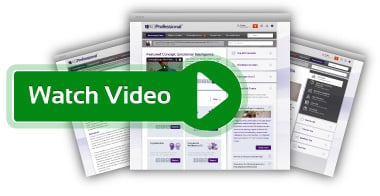Armstrong’s Model of the Employee Lifecycle
The employee lifecycle model consists of 6 stages: attraction, recruitment, onboarding, development, retention, and separation. Supporting employees at each stage boosts productivity, reduces turnover, and strengthens your employer brand, while separating on good terms can have a positive longer-term impact.
Technique Overview

Armstrong’s Model of the Employee Lifecycle Definition
The employee lifecycle model is an effective approach to talent management by viewing employees’ journeys through distinct stages. This helps focus on various aspects of the employee experience. Supporting employees at each stage boosts productivity, reduces turnover, cuts recruitment costs, and strengthens your employer brand (Bauer, 2019). To improve the employee experience, gather feedback and analyse HR metrics like turnover rates and career advancement. Use this data to create initiatives that enhance employee experience and improve organisational performance (Ulrich & Dulebohn, 2015).
Armstrong’s Model of the Employee Lifecycle Description *
* The full technique overview will be available soon. Contact us to register your interest in our business management platform, and learn all about Armstrong’s Model of the Employee Lifecycle.
Business Evidence
Strengths, weaknesses and examples of Armstrong’s Model of the Employee Lifecycle *
* The business evidence section is for premium members only. Please contact us about accessing the Business Evidence.
Business Application
Implementation, success factors and measures of Armstrong’s Model of the Employee Lifecycle *
* The business application section is for premium members only. Please contact us about accessing the Business application.
Professional Tools
Armstrong’s Model of the Employee Lifecycle videos and downloads *
* The professional tools section is for premium members only. Please contact us about accessing the professional tools.
Further Reading
Armstrong’s Model of the Employee Lifecycle web and print resources *
Armstrong’s Model of the Employee Lifecycle references (4 of up to 20) *
- Armstrong, M. (2023). Armstrong's Handbook of Human Resource Management Practice: A Guide to the Theory and Practice of People Management. 15th ed. Kogan Page.
- Armstrong, M. (2017). Armstrong's Handbook of Human Resource Management Practice (14th ed.). Kogan Page.
- Backhaus, K. and Tikoo, S., 2004. Conceptualizing and researching employer branding. Career development international, 9(5), pp.501-517.
- Bauer, T.N. and Erdogan, B., 2011. Organizational socialization: The effective onboarding of new employees.
* The further reading section is for premium members only. Please contact us about accessing the further reading.
Learn more about KnowledgeBrief Manage and how you can equip yourself with the knowledge to succeed on Armstrong’s Model of the Employee Lifecycle and hundreds of other essential business management techniques

